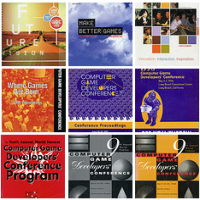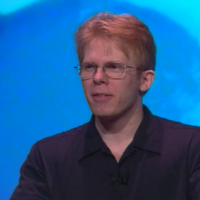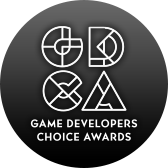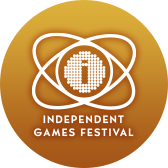'Tales from the GDC Vault' debuts lost Halo, MMO design talks
As part of the continuing "Tales from the GDC Vault" series, the Game Developers Conference presents a new batch of classic lectures from the show's past.
GDC Europe and GDC Online have come and gone, but there can never be too much GDC content, so "Tales from the GDC Vault" returns with three new free talks from roughly a decade ago.
These lectures include a look at the development of Halo: Combat Evolved, lessons on building MMO worlds such as Ultima Online and Star Wars Galaxies, and a keynote on the shifting importance of computer graphics pioneers at the turn of the millennium.
First, Marty O'Donnell, Jaime Griesemer, and Mat Noguchi from Bungie speak at GDC 2003 in 'Halo: Development Evolved' about how experimentation and communication were key to designing, engineering and scoring the first Halo. The members describe how they rapidly concepted and prototyped level, character, and gameplay designs to figure out which direction they wanted to go.
The team even touches on some development lore, discussing how Halo was a real-time strategy game and third-person title before it finally became a first-person shooter. [GDC Vault free video]
Going further back in time to GDC 2001, Raph Koster and Rich Vogel (both of whose credits include Ultima Online and Star Wars Galaxies) give an advanced lecture in 'Design Patterns for Massively Multiplayer Environments'. According to their recipe, online worlds need a spatial environment of a virtual world (not just a gaming lobby), some kind of persona or avatar, and a sense of persistence.
The pair also explores classic models for such games. These included the scavenger model (derived from Zork and seen in Pokemon) which requires players to gather objects and return them somewhere, the impositional model (D&D style) based on earning points from dominating the environment, and the expressive model (seen in many PvP games) where players determine social hierarchy. [GDC Vault free video]
Going even further back to GDC 2000, Silicon Graphics, Incorporated (SGI) co-founder Kurt Akeley delivers the programming keynote ''New Pioneers at the Graphics Frontier'. Here he examines how the shifting importance of computer graphics pioneers, along with corporations and the open-source community, affects the evolution of the graphics industry. He also describes some of SGI's experiments, and lack of success, with programmable hardware and microcode. [GDC Vault free video]
 The winner for me in the "description bonanza" category has to be special effects wizard John Gaeta, who did the effects for the Matrix series and is credited with the "bullet-time" effect that is still showing up in films more than a decade later. This description of his 2004 keynote leaves... well, perhaps it leaves everything to the imagination.
The winner for me in the "description bonanza" category has to be special effects wizard John Gaeta, who did the effects for the Matrix series and is credited with the "bullet-time" effect that is still showing up in films more than a decade later. This description of his 2004 keynote leaves... well, perhaps it leaves everything to the imagination.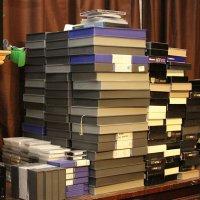

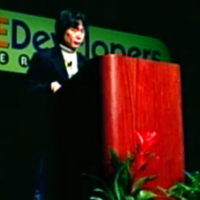
 His speech, coming via a BetaSP archive we've digitized, starts in English. But then he announces he'll continue in Japanese, which he does, with a translator providing the rhythmic back-and-forth between the two languages.
His speech, coming via a BetaSP archive we've digitized, starts in English. But then he announces he'll continue in Japanese, which he does, with a translator providing the rhythmic back-and-forth between the two languages.